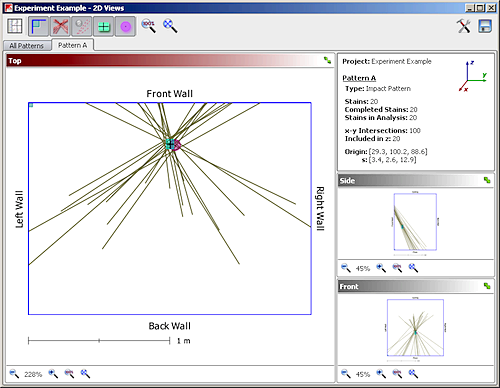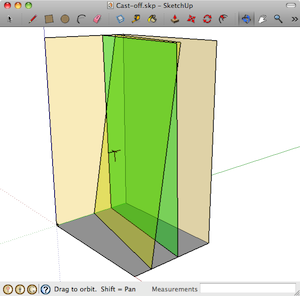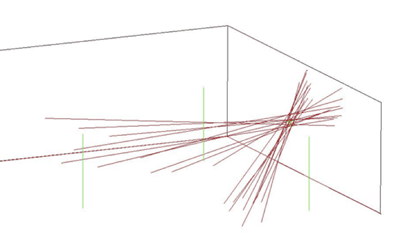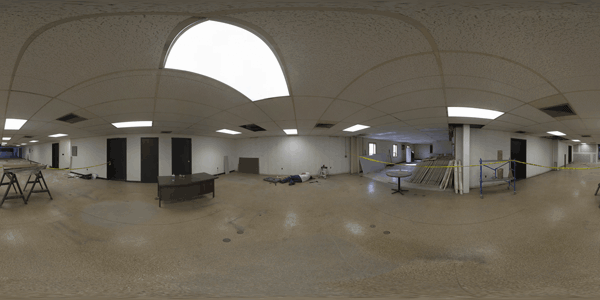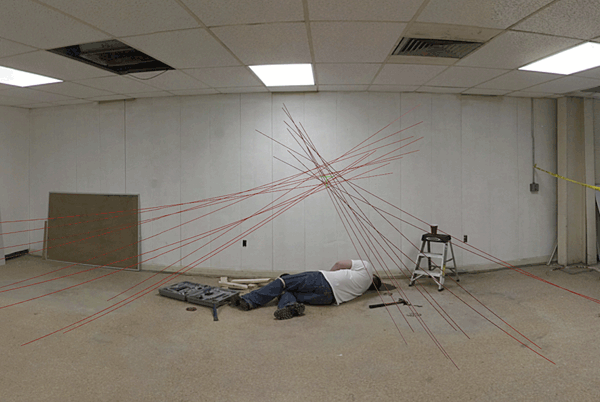IABPA Conference 2012 – Tucson, USA

I attended the 2012 IABPA conference in Tucson, AZ, USA last week. I was fortunate enough to have been invited to present my work on cast-off visualization as well as a workshop on HemoSpat. Thanks to Norm Reeves [BPA Consulting] for all his work organizing the conference and for inviting me to present.
This conference had a great mix of research, case, and other presentations. It’s encouraging to see so many others presenting their work. I was particularly glad to see Céline Nicloux [Institute De Recherche Criminelle De La Gendarmerie Nationale] and Elisabeth Williams [Environmental Science & Research] present research on cast-off that fit so well with what I’m doing with it.
There was a more international flavour at the conference this year which was refreshing. People came from Korea, Japan, South Africa, The Philippines, France, The Netherlands, Australia, New Zealand, UK, and of course the USA and Canada.
The standout talks for me this time were: The Characteristics of Blood On “Wicking” Fabrics presented by Rich Tewes [Pioneer Forensics], Paulette Sutton’s [private consultant] Proving a Priest Killed a Nun (“Can I get a Holy Crap?!“), Bloodstain Pattern Documentation: A new Approach presented by Michael Perkins [Las Vegas Metro Police Department] (his recommendations are exactly the direction HemoSpat is headed) and André Hendrix’s [Politie Zeeland] presentation about the shooting of Prince William of Orange titled A 400 Year Old Royal Crime Scene.
Even the general meeting was interesting this time…
Thanks to André Hendrix, Klaas Vervolet, and Jos Albers for participating in the Adopt-a-Canadian program. We had fun running around the Tucson area after the conference.
Next stop: Edinburgh.
Lead Developer, HemoSpat

